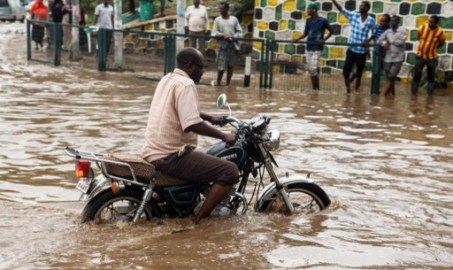Sudanese authorities warn against River Nile wild flooding
August 11, 2016 (KHARTOUM) – Sudanese authorities have warned people living near River Nile banks of possible wild flooding that could lead to losses in lives and properties.

On Monday, the Ministry of Water Resources, Irrigation and Electricity warned people saying Blue Nile River level at the border with Ethiopia has exceeded that of 1988 when dozens of people were killed and thousands of houses were damaged and called on people to stay vigilant during the whole month of August.
“Flooding danger is expected and we need to stay on alert. There may be flash floods due the expected heavy rain according to National Meteorology Authority information,” said the SRCS Sectary General Osman Gaffter calling for cooperation with SRCS to meet the needs of people affected by floods and to save lives and properties.
“According to SRCS field surveys in the states affected by rain and flooding, there is need for shelter materials, food assistance and hygiene campaigns,” said Gaffer.
Last week, the ministry of interior pointed that rain and flash floods have killed 76 people and damaged houses in 13 states across Sudan.
According to the United Nation Office for the Coordination of Humanitarian Affairs (UNOCHA), citing the Sudanese government and humanitarian partners, heavy rain and flooding since early June have affected over 122,000 people and destroyed over 13,000 houses in many parts of Sudan.
The most affected states are Kassala, Sennar, South Kordofan, West Kordofan and North Darfur.
(ST)
